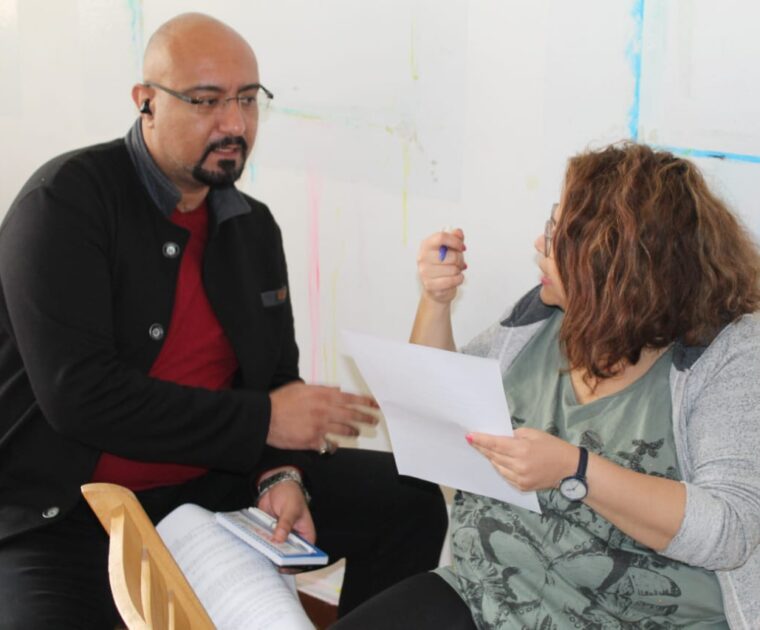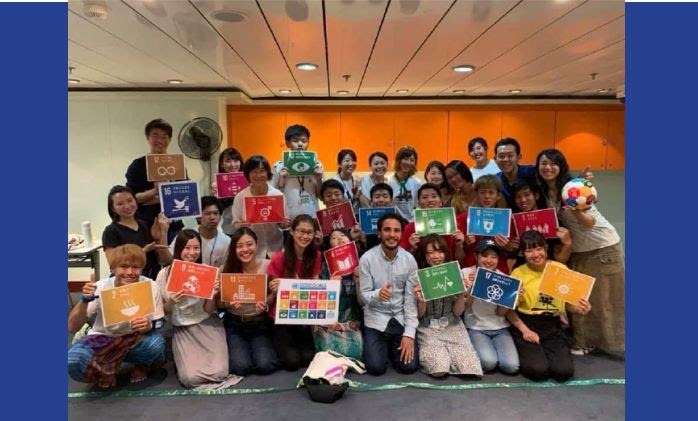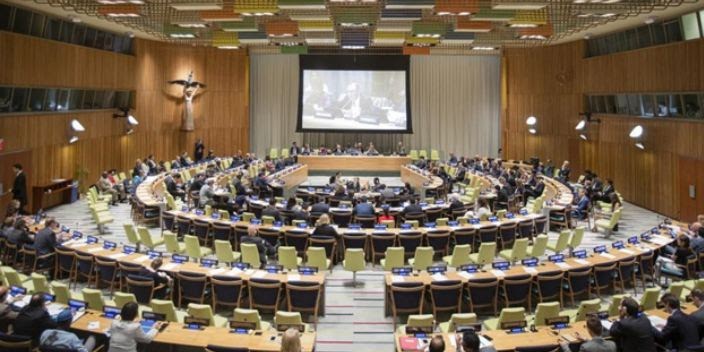Nearly 11 months since the war on Gaza started, Hamas’s defeat is elusive, but the…


Nearly 11 months since the war on Gaza started, Hamas’s defeat is elusive, but the…

In December 2023, Egypt unilaterally declared the end of a 12-year negotiation process over the…

“This summit is a once-in-a-generation opportunity to reinvigorate global action…” – UN…

Harvard Negotiation & Mediation Clinical Program (HNMCP) partners with Justice Call for an…

The people of the world continue to witness persistent and tectonic geopolitical developments around the…

Justice Call take part in Seminar: Enhancing interregional and multilevel co- operation to support local…

Justice Call organized in partnership with Terre des hommes an interactive workshop on SDG 16+…

Justice Call director, Khaled Imam facilitated two workshops for the students of the Global University…

For the second time since the adoption of 2250 in 2015, the UN Peacebuilding Commission…

The 75th anniversary of the United Nations, and the end of World War II, should…